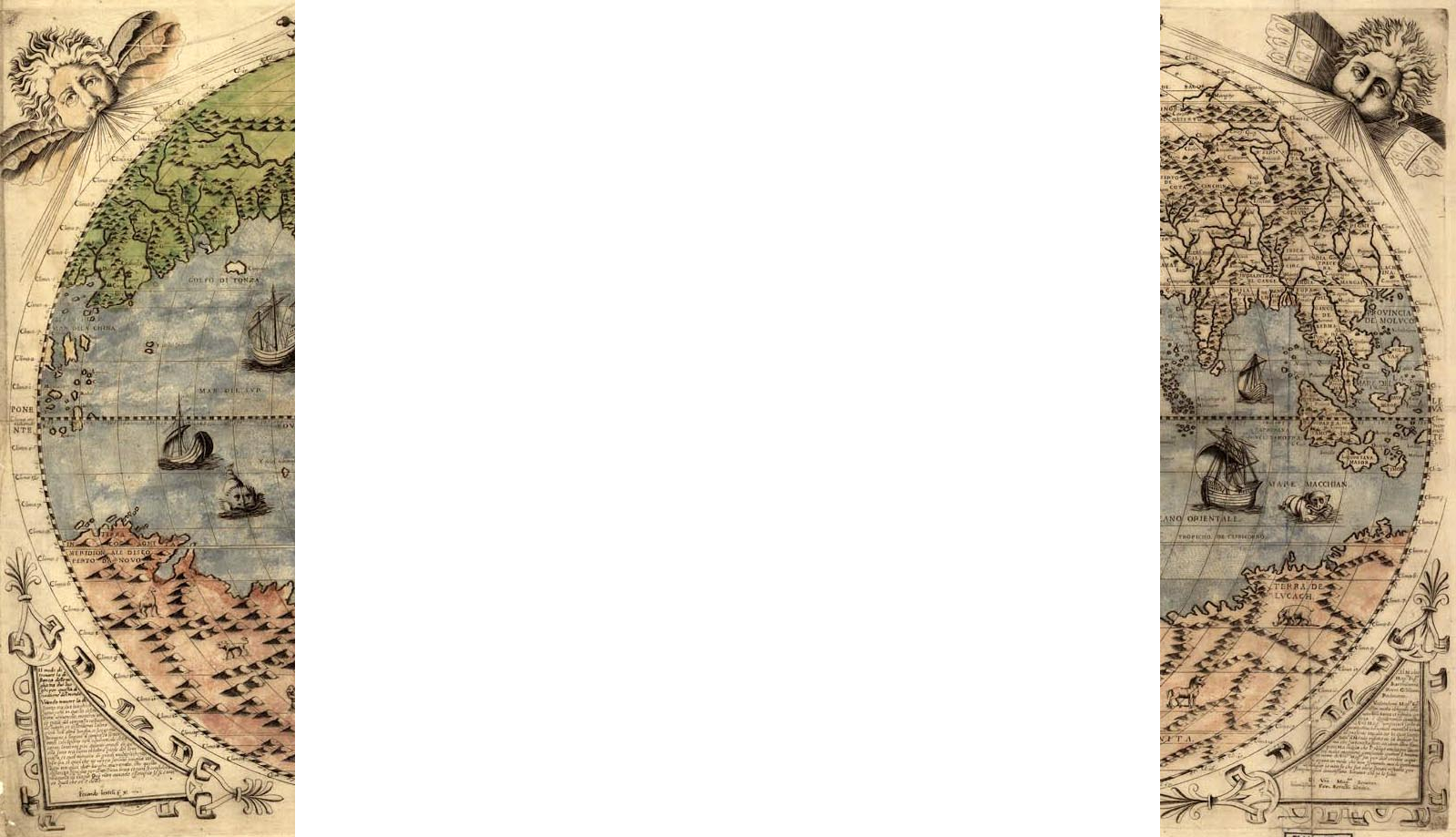Joy McCann. Wild Sea: A History of the Southern Ocean. University of Chicago Press, 2019. ISBN: 9780226622385, Hardback $28.00USD, 256 pages, 9 colour plates, 8 halftones, and 8 maps.
By Erin Becker

In Wild Sea: A History of the Southern Ocean, historian Joy McCann takes a fresh look at the Southern Ocean through the lenses of the environment, history, and memory. She argues the story of the Southern Ocean is a global story which delves into changing perceptions of the oceans and their vulnerability to human actions; the story of the Southern Ocean is also a local story about how the ocean has defined and sustained peoples and places in the Southern Hemisphere. McCann aims to “create a broader awareness and appreciation of the history and environment of the little-known circumpolar ocean of the Southern Hemisphere and of its emerging importance as a barometer of climate change” (p. xiv). To construct her narrative, she “interweaves environmental and human stories to trace the history of the ocean from deep geologic time to present day” (p. xiv).
Wild Sea is organized into seven chapters, each themed around an element in the history of the Southern Ocean. In Chapter One (“The Ocean”), McCann looks at cultural understandings of the ocean within Western cosmology, the voyages of early explorers, and the development of early world maps; she establishes the promises of unclaimed land—and the resulting Cook voyage—as a convergence of science and empire. In Chapter Two (“The Wind”), McCann discusses the importance of wind (the Roaring Forties, the Furious Fifties, and the Screaming Sixties) to early exploration; she sheds light on the captains and indigenous wayfinders who had to learn to read the wind, waves, and ice in order to navigate without instruments.
In Chapter Three (“Coast”), McCann discusses the twenty island groups between 40 degrees and 60 degrees and describes the “wild, unforgiving climatic conditions: rain, hail, sleet, snow, unrelenting winds and low temperatures” (p. 60). Over time, these islands played important and evolving roles in the history of the Southern Ocean, science, and empire- they functioned as outposts or resupply stations, commercial ventures, research stations, nuclear weapon test sites, and tourist destinations (p. 67). In this chapter, McCann also describes the indigenous peoples living around the Southern Ocean and their interactions with Darwin. In Chapter Four (“Ice”), McCann describes the highly variable nature of islands and the exploratory expeditions for science and geography. Throughout the history of the Southern Ocean, discoveries of land have been linked to conquests and commodities to feed growing empires. McCann sheds light on the abundance of life supported by the ice (seals, marine mammals, plants, and algae) and the industries (such as whaling and sealing) which exploited the species of the Southern Ocean.
In Chapter 5 (“Deep”), McCann focuses on the curiosity about the ocean floor, the Challenger expedition of 1872, and the development of technology during and after the World Wars. Chapter 6 (“Current”) charts out ideas about how the Southern Ocean moves and describes the importance of upwelling- “some of the strongest winds on Earth push surface waters out to sea and draw up cold nutrient rich waters from the deep” (p. 152). These waters supported a dearth of marine life- seabirds, penguins, whales, seals, and more. McCann demonstrates how the decline in whale populations (and subsequent threat to the whaling industry) led the British government to launch an investigation into whale biology and behavior. In Chapter 7 (“Convergence”), McCann focuses on the post-World War II studies of human impact on the environment and subsequent guidance to policymakers, the specialization of ocean science, and the rise of multi-national agreements to preserve and study species of the Southern Ocean. She argues that “the oceans and seas of the world have long been the focus of conflict between competing maritime nations seeking to assert authority over particular tracts of water and resources” (p. 182-183). However, the decline of fishing groups and the realization that the Southern Ocean functioned as a barometer of climate change resulted in urgent environmental movements.
McCann’s work masterfully interweaves environmental history, marine science, oceanography, maritime history, and current global concerns into a compelling and engaging narrative. McCann, an environmentalist and social historian, is uniquely situated to understand the maritime contested environmental relationships of the Southern Ocean; she completed her PhD at ANU in 2006; her dissertation focused on contested environmental relationships in Australian wheatlands. Her sources and attention to detail strengthen her work. To construct her narrative, she draws from scientific publications on marine biology and ecology, oceanography, geology, and more. She examines mariners’ journals of their voyages, whaling logs, philosophical texts, and the work of historic cartographers. She situates her work in a dialogue between the history of science, a history of consumption, and the history of empire; she brings a fresh and much needed perspective to more traditional texts on maritime extraction and exploration and the empire. McCann’s narrative concludes with a call to action—“far from being a wild sea at the uttermost end of Earth, the Southern Ocean is deeply entangled with humanity’s past and the world’s future, it demands our close attention” (p. 200).
Erin Becker is the Visitor Services & Volunteer Coordinator at the Long Island Maritime Museum in West Sayville, NY. Her research interests focus on the convergence of women, labor, and the environment through a global extractive maritime economy. Her work in museums grapples with investing local peoples in their resources (historical, archaeological, and environmental) as stakeholders through outreach, education, and the development of new public programming. She has written for Gotham Center for New York City History, New York History Blog, Read More Science, and Global Maritime History. She can be found at @ErinE_Becker on Twitter.







